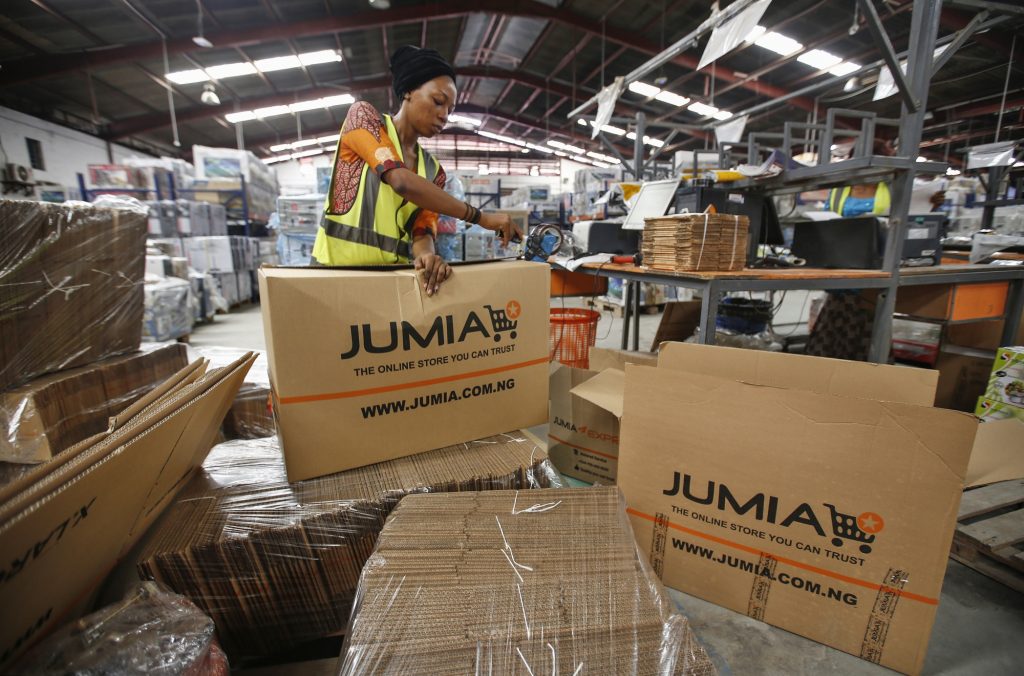Despite a new aggressive marketing strategy, Jumia recorded an operating loss of $51.6 million in Q2 2021, up 24.7pc from the same period last year as marketers and shoppers shift to social media networks to buy and sell their products.
Per its Q2 2020 report released on August 8, 2021, Jumia spent $17.1 million on sales and advertising but only managed to grow 100,000 new users.
According to the report, phones and electronics have continued to decline, and FMCGs are not growing as fast, however, Jumia has witnessed explosive growth in food delivery.
A report on Kenya’s Digital Economy by a global advisory firm, Dalberg has shown retailers and shoppers prefer social media sites that support direct marketing, engagement between businesses and buyers, and goods are paid upon delivery.

The report shows only 13 percent of Kenyans are using e-commerce platforms such as Jumia and Kilimall to sell and buy products, underpinning the use of social media networks.
High delivery costs, importing charges, lack of a national addressing system and concerns over arrangements for returns by customers associated with the e-commerce platforms remain a hindrance to adoption, according to a report by the Communication Authority of Kenya.
Jumia attributes these significant losses to increased sales and advertising expenses. “At the end of June 30, 2021, we had $637.7 million of cash on our balance sheet. Cash used in operating and investing activities was $27.4 million.”


